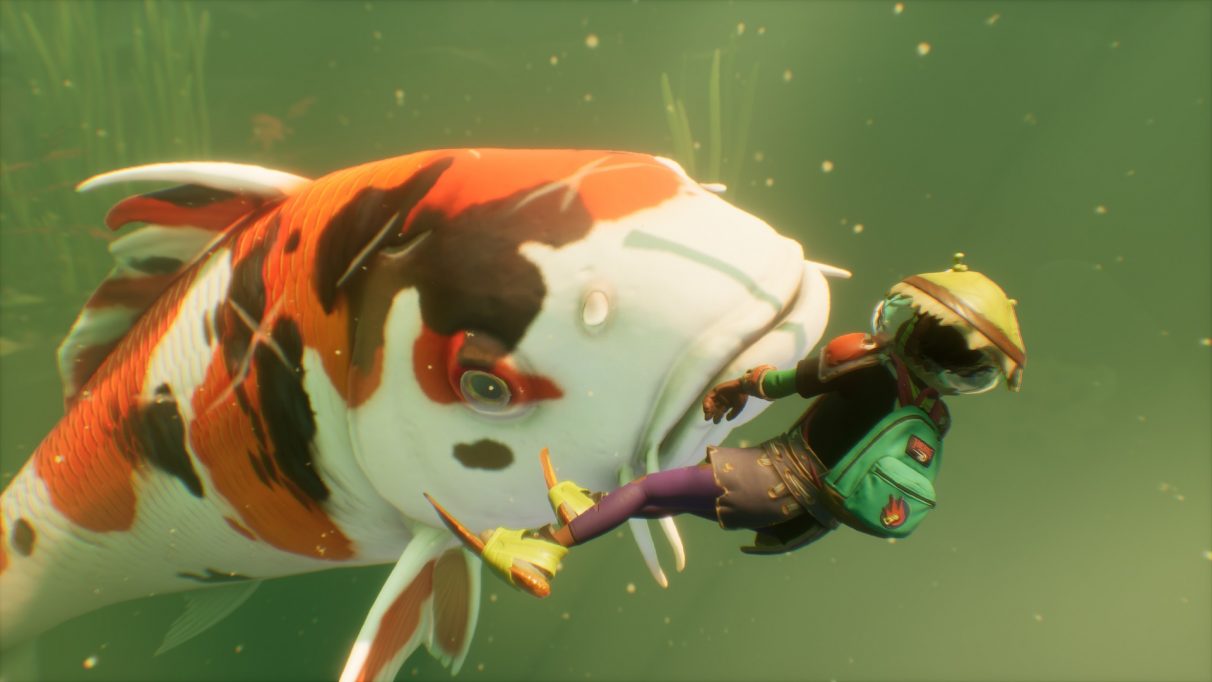

Then maximize the window so it fills your entire sandbox.

So in our case, we launched CalibrateProjector like this: To match the resolution of the laptop we used in this tutorial, we set our projector to 1920x1080, but our particular BenQ projector allows us to force the 4:3 aspect ration even when the resolution is a 16:9 aspect ration.

The Kinect itself has a 4:3 aspect ration, so a resolution of 1024x768 or 1600x1200 is best. Replacing WIDTH and HEIGHT with the settings for your projector. Launch CalibrateProjector from the terminal: Repeat this step with the lower-right, upper-left, and upper-right interior corners. Note that there is no feedback from the UI when you press the 1 key.Position your cursor so that there's a small amount of space between the sand surface and the sides of your sandbox.įirst, move your cursor to the lower-left interior corner, then press the 1 key. Use the color-coded depth map to make sure you position your cursor over the sand surface and not over the sides of your sandbox. You'll now measure the 3D extents of the interior of the sandbox. Press and hold the 1 key, move your cursor over Measure 3D Positions, then release the 1 key. If you placed a piece of poster board (or another flat surface) on top of your sandbox previously, you'll need to remove it for this step.įrom the terminal, again launch the RawKinectViewer: You want the surface to be as level as possible, but it doesn't need to be perfectly level. This step requires that you have filled your sandbox with sand. Press and hold the 1 key, drag out a rectangle toward the bottom-right corner, then release the 1 key (see the second image? That's what it should kinda look like). Start with your cursor near the top-left corner of your flat surface. You want some space between your rectangle and the edges of your flat surface. You now need to draw a rectangle that fits within the interior of your flat surface (in the depth view). Press and hold the 1 key, move your cursor over Extract Planes, then release the 1 key. Press and hold the right mouse button, move your cursor over Average Frames, then release the mouse button. Maximize the window so it's easier to see your sandbox. We already filled ours with sand and so we will use a piece of poster board (or a similar flat surface) on top of the sandbox to calculate the base plane.įrom a terminal, launch the RawKinectViewer: If you haven't filled your sandbox with sand, you can calculate the base plane using a region on the floor of your sandbox. There are two ways to calculate the base plane. You can also find these instructions and other projects here:
Deep end of the sandbox how to#
Let's find out how to make one for ourselves, shall we? The final product is supposed to be self-contained to the point where it can be used as a hands-on exhibit in science museums with little supervision."Īnd it has really been a hit for science museums across the country and the world! Kids everywhere are learning more about topography by getting their hands on these sandboxes. "to develop a real-time integrated augmented reality system to physically create topography models which are then scanned into a computer in real time, and used as background for a variety of graphics effects and simulations. When Oliver Kreylos started the project, his goal was The Augmented Reality Sandbox is just one example of inspiration gone wild. We also offer various Weekend Projects to make with your family.

At System76 we manufacture Linux computers for Scientists, Engineers, and Makers.


 0 kommentar(er)
0 kommentar(er)
